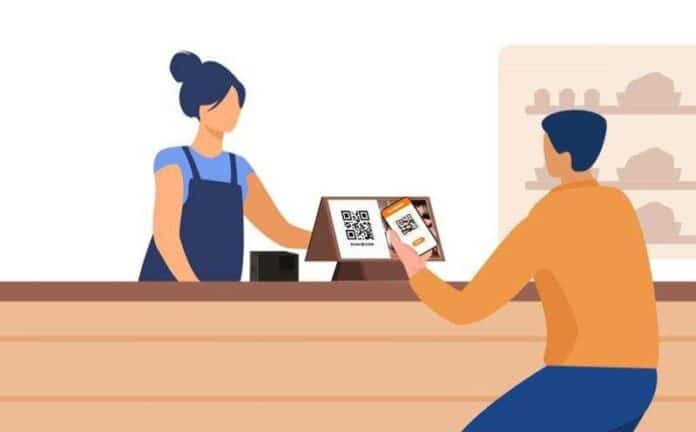
Local companies in the area, such as Kirana shops and other small proprietorships, have been compelled to undertake a whole digital transformation as a result of COVID-19. There has been a significant increase in the usage of UPI & digital wallets for day-to-day transactions as just a direct result of the widespread adoption of contactless online payments, which are now an essential component of our typical routines.
The number of UPI transactions increased from 2.07 billion in October to 2.21 billion in November 2020 alone, representing an increase of roughly 6.7 per cent. As a result of India’s economic rebound following the COVID-19 crisis, the country’s total value of digital transactions is expected to nearly double and reach $60 trillion by the year 2022.
UPI, which stands for “Unified Payments Interface,” is a method of payment that enables clients to conduct online payments by utilizing the credentials from their respective banks. It is widely used as a means of online payment in India, making it one of the most popular options.
Here’s what you must know about UPI API integration
Here’s how you can integrate UPI API to you business
A payment acquiring network may be connected to a checkout system using a technology known as application programming interface (API). This technology helps unify your online processes and helps link the checkout process to a payment acquiring network.
A user’s experience should not be complicated, time-consuming, or ambiguous at any point while placing an order and completing the transaction to receive full credit.
A powerful application programming interface (API) for a payment gateway offers users the peace of mind that their financial data is protected in every way. It must provide all possible payment alternatives in addition to a personalized checkout experience. For orders to be carried out in real-time, they must have a high rate of processing.
This ought to have the highest rate of success. In India, a business has a number of different choices available to them when it comes to the payment gateways they might use. The payment gateway for websites or applications has to be designed in such a manner that it is simple and straightforward for consumers to finish placing their orders.
The process of making a UPI account
The only things you’ll need to register your bank account are an active bank account number and an IFSC code. Current accounts should have to be connected in order to use UPI for a company’s incorporation.
UPI provides an additional degree of protection for financial transactions by concealing the bank account numbers, including IFSC codes of both the sender and the recipient of funds. You need to start with this step for a successful UPI API integration.
You might want to consider API integration into both your website & application platform in order to facilitate the UPI payment flow. With this, you’ll be able to accept UPI payments through your UPI ID (VPA) for a variety of UPI apps, including Google Pay, Paytm, Phonepe, BHIM, and Whatsapp, amongst others.
Make your selection with the PSP.
The PSPs, also known as Payment service providers, are unique to each and every bank; the same is true for the UPI applications. Each app has formed partnerships with a variety of financial institutions in order to offer the UPI payment option. For a proper UPI API integration
And payment, you need to have a PSP.
Comprehending the Workings of Payment Service Providers and Unified Payment Interface Payments
Therefore, if you are utilizing the UPI app provided by a bank (for instance, the SBI Pay app provided by the SBI bank), the PSP will be “@sbi.” In a different scenario, if you decide to use a UPI app like PhonePe, for example, the PSP will be “@ybl.” ybl is an abbreviation for Yes Bank Limited, and PhonePe is affiliated with Yes Bank in some capacity.
Intent flow UPI API integration
- As a result of this UPI API integration, the UPI app is immediately opened, resulting in an experience that is completely uninterrupted for the consumer.
- Customers use the UPI payment option within their chosen app to complete the transaction.
- Both the VPA as well as the sum have already been filled in for you. This information does not need to be remembered by the user or entered by them.
- The users do not need to wait for the push or SMS notice.
- Before the transaction can be completed, two-factor authentication using the UPI-PIN must first be carried out.
Conclusion
On the app or website, a notice will be displayed indicating that the payment was processed successfully. This UPI API integration is an excellent technique to ask for as little information as possible while yet providing them with a variety of alternatives from which to pick.
Since the PSP has become visible as per the UPI app that they have chosen, all that is required of them is to input their one-of-a-kind identifier.

